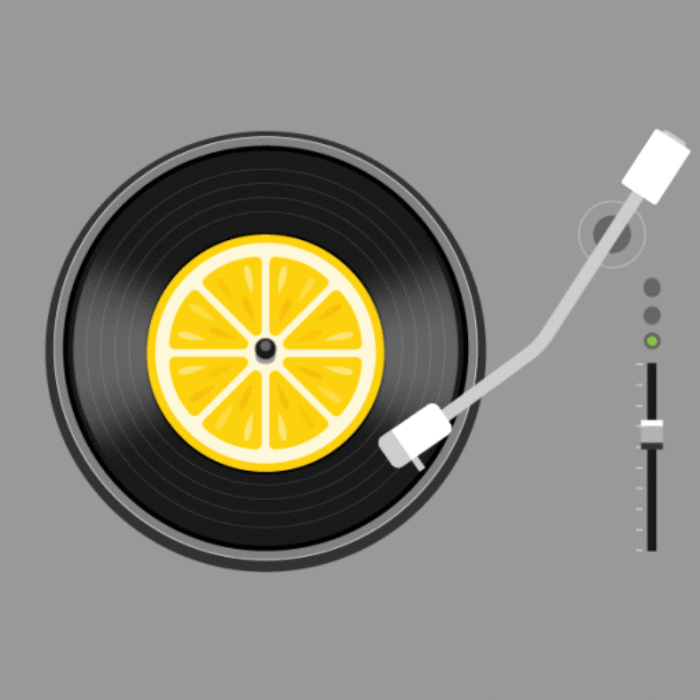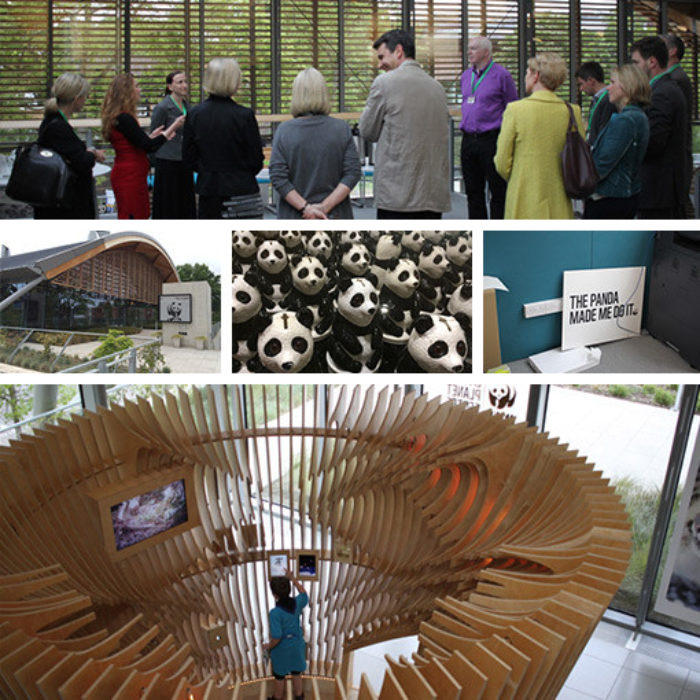Workplace diversity and inclusion through a behavioural science lens
Behavioural science is the study of decision making. It combines a range of disciplines such as behavioural economics, social psychology, sociology and neuroscience to understand why people behave the way they do. It also helps us understand why people don’t behave the way they want to.
For example, I know I care about the environment, but why don’t I buy less plastic-covered goods? I know companies benefit from a diversity of thoughts and experiences, but why don’t I hire more diverse employees?
What it boils down to is less about what we want long-term, and more about the things that impact our decisions at the moment we need to make them. This is influenced by the choices available to us in our environment, our past learnings and experiences, and the amount of time we have to make a decision. We use mental shortcuts, known as heuristics, to navigate our busy world and simplify decisions, and this leaves us susceptible to unconscious biases.
Biases that impact diversity and inclusion
These biases are common human errors, which, at the organisational scale, can significantly impact a range of factors, including diversity and inclusion in the workplace. Companies often experience an intention-action gap between the goal of hiring diverse employees and encouraging an inclusive work environment, and the reality of putting systems in place that will foster diversity and inclusion.
Here are some biases to be especially aware of in order to design systems and processes to effectively counter them:
- Confirmation bias: the tendency to search for or recall information that confirms or supports our prior beliefs or values. This means that we give greater value to evidence that we already support, which prevents us from being objective.
- In-group bias: the tendency for people to give preferential treatment to others who belong to the same group as them. This can lead to unfair treatment and the misperception of behaviours amongst different people depending on their group.
- Out-group homogeneity: the impression that out-group members (who do not belong to a group you personally identify with) are more similar to one another than members of the in-group, who are consequently seen as more diverse and heterogenous. This can lead to stereotyping and overgeneralisations.
- Halo and horns effect: the halo effect is in play when a positive impression of a person will, in turn, result in evaluating their specific traits in a positive light as well. Consequently, the horn effect is when a negative impression of a person leads to subsequently negative views of their specific traits.
- Status quo bias: this is an inflated preference to keep things as they are. This comes with a resistance to change, and can discourage companies from re-evaluating and modifying their hiring and appraisal processes.
Designing out biases for a more inclusive workplace
These are just a few amongst many biases that can impact the way we understand and perceive our preferences, and the influence they can have on the way work environments are shaped.
While unconscious biases impact the way everyone makes decisions, they hold the potential to be especially detrimental to minority populations who are already vulnerable to a range of stereotypes.
This makes it vital to actively design systems and processes to offset these biases. I’ll be looking in detail at exactly how to do this in an upcoming article, so please stay tuned.
In the meantime, if you want to talk about ways you can close the intention-action gap around diversity and inclusion in your organisation, please get in touch.



